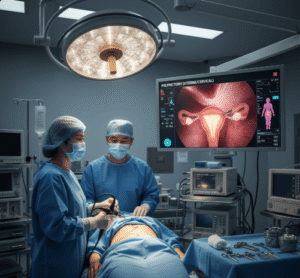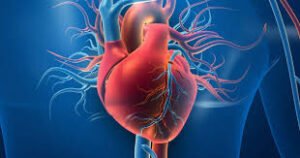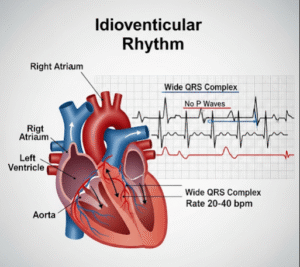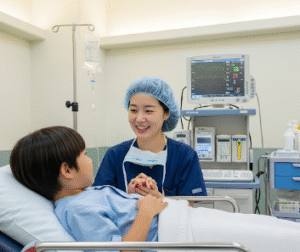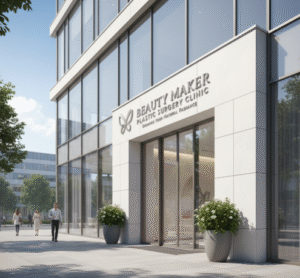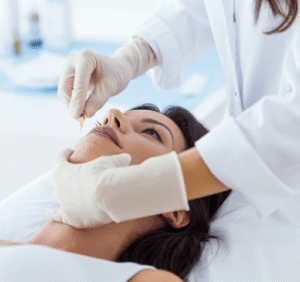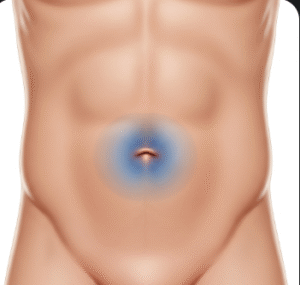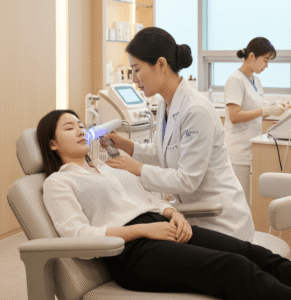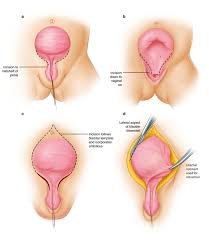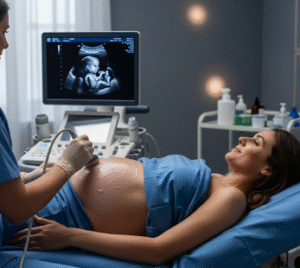What It Is
Back liposuction is a cosmetic procedure that targets stubborn fat deposits on the upper, middle, and lower back. These areas often include the “bra rolls” on the upper back, mid-back bulges, and lower back fat above the waistline. Even with weight loss and regular exercise, the back can retain fat due to genetics, aging, or hormonal influences.
The goal of back liposuction is to create a smoother, more toned contour by removing excess fat, reducing bulges, and improving the overall shape of the torso. This procedure is often chosen to enhance the fit of clothing, reduce discomfort, and achieve a slimmer silhouette.
Why It’s Done
Patients choose back liposuction for both aesthetic confidence and comfort:
- To eliminate visible rolls that show through tight clothing, swimsuits, or bras.
- To improve posture and confidence in backless or fitted outfits.
- To address fat deposits that are resistant to lifestyle changes.
- Often performed in combination with other procedures such as waist contouring, arm liposuction, or abdominoplasty.
Good candidates typically include:
- Individuals with localized fat deposits on the back but good skin elasticity.
- Women troubled by bra rolls or back bulges.
- Men who want a more athletic and defined torso.
Alternatives
- Non-surgical treatments: Fat-freezing (cryolipolysis), radiofrequency fat reduction, or injection lipolysis. These may reduce small pockets of fat but results are less dramatic than surgery.
- Lifestyle management: Exercise and diet can help with general weight reduction but often fail to target the back specifically.
- Other surgical procedures: For patients with loose or sagging skin, especially after weight loss, a back lift or body lift may be recommended alongside or instead of liposuction.
Preparation
Before back liposuction, patients will:
- Have a consultation with a plastic surgeon to evaluate fat distribution, skin condition, and desired outcome.
- Undergo medical screening and blood tests to ensure safe anesthesia and surgery.
- Be advised to stop smoking several weeks prior to promote better healing.
- Adjust or stop certain medications, such as blood thinners or herbal supplements.
- Plan for a support system at home during the first few days of recovery.
How It’s Done
- Anesthesia: Local anesthesia with sedation or general anesthesia, depending on the extent of treatment.
- Incisions: Tiny incisions (about 0.5–1 cm) are placed in hidden areas of the back or waistline.
- Tumescent fluid injection: A solution is injected to numb the area, reduce bleeding, and make fat removal easier.
- Fat removal: A thin cannula is inserted through the incisions to suction out fat. Advanced methods like VASER (ultrasound-assisted) or laser-assisted liposuction are commonly used in Korea to achieve smoother results.
- Procedure duration: 2–3 hours depending on the size of the area treated. Usually performed as an outpatient procedure.
Recovery
- Early stage (first week): Swelling, bruising, and mild discomfort are expected. Pain is manageable with prescribed medication.
- Compression garment: Patients must wear a special garment for 4–6 weeks to reduce swelling and maintain new contours.
- Back mobility: Patients may feel stiffness when bending or lying flat, which gradually improves.
- Return to activities: Light work can usually resume after 5–7 days. Exercise and strenuous activity should be avoided for 3–4 weeks.
- Final results: Swelling continues to improve over 2–3 months, with final body contour visible around 3–6 months after surgery.
Possible Complications
- Temporary bruising, swelling, or numbness.
- Irregular contours if fat removal is uneven.
- Rare risks: infection, hematoma, fluid accumulation (seroma).
- Skin laxity if too much fat is removed and skin elasticity is poor.
- In rare cases, scarring at incision sites.
Treatment Options in Korea
Diagnosis
Korean clinics assess fat distribution and skin elasticity through physical examination. Some use 3D body scanning for precise contour analysis and treatment planning.
Medical Treatments
Non-surgical fat reduction methods such as cryolipolysis (CoolSculpting), radiofrequency therapy, or lipolysis injections may be offered for patients with mild fat accumulation.
Surgical or Advanced Therapies
- Standard liposuction is the most effective method for significant fat removal.
- Korean surgeons often combine VASER liposuction or laser-assisted liposuction to enhance skin tightening and achieve a smoother contour.
- In patients with sagging skin, liposuction may be combined with a back lift for best results.
Rehabilitation and Support
Aftercare in Korea typically includes:
- Post-op check-ups for wound healing and contour monitoring.
- Access to lymphatic drainage massage or skin tightening therapies to speed up recovery.
- Personalized follow-up schedules to ensure long-term result


